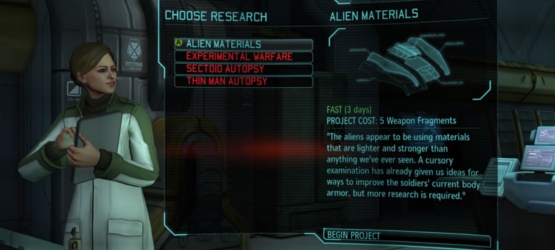
1993’s X-COM: UFO Defense was acclaimed for its turn-based combat and is remembered to this day for its incredible level of difficulty. The latest game in the franchise, XCOM: Enemy Unknown (now 100% hyphen free!) has been developed by Firaxis Games, who some might recognize as the guardians of the Civilization franchise. The basic strategy of the old X-COM games is still preserved here along with the insane level of difficulty (even on normal). At first that may seem like cause for concern for new players, but let me state upfront that you shouldn’t be alarmed or deterred from playing this. XCOM is an engaging and fun experience that’s going to make quite a few Game of the Year lists.
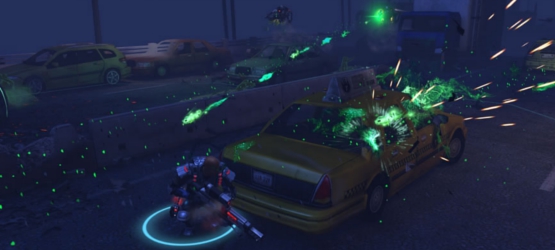
In XCOM: Enemy Unknown, you play the Commander, the leader of a multinational task force called XCOM, an organization dedicated to defending earth from aliens. Balancing your budget while combating and researching the aliens is key. However, much of this happens in the meta-game, and the real action takes place on the battlefield as you command a squad of soldiers in a handful of combat scenarios against a variety of alien enemies. While this may sound like a lot to take in, the game does a fantastic job of hand holding new players for about the first hour and half which makes this game much more accessible when compared to previous titles in the franchise. During this period, there’s also freedom to explore, but trust me when I say that you’re going to want that tutorial when you first start up, as it’s easy to become lost within the many strategic systems in place.
On the battlefield you have control of a squad of up to 6 soldiers and it’s here that patience is the key to victory. Overextending your soldiers or rushing headlong into unknown areas can make what was a controlled situation into a chaotic one. This maybe a hard lesson for new players to grasp until they start learning the small lessons about how to succeed in XCOM. All of the battlefield control is governed by a very simple, streamlined interface that makes performing any action a snap. It’s a refreshing experience to play a game so wrought with tension, and yet with a pace that moves in turns.
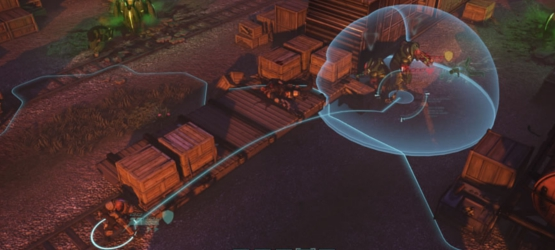
Soldiers brought along on missions gain experience via kills. At first, each recruit starts out as a rookie, but after gaining enough experience they level up and take on a class. The classes are about what you would expect and include the usual archetypes such as a heavy, sniper, or assault. Further levels grant additional perks and can aid combat in many different ways. Mid to late game weapons and armor can make your soldiers far more robust and effective in the field. There’s even a Psi Lab which can be used to search for soldiers within your ranks that have psychic potential which adds even more depth to the combat. Of course to get to any of this you’ll have to build up your base.
Inside your base the main branches that you’ll visit often are engineering and research. In research dead alien bodies can be autopsied, live captives can be interrogated, and general tech tree upgrades are unlocked. In the engineering area weapons, armor, and other items can be crafted based on completed research. There’s also mission control which is the game’s main method for elapsing time and finding new missions to go on. In fact, time and money are two very important factors in XCOM, and it’s not surprising to find yourself struggling for cash at any given moment.
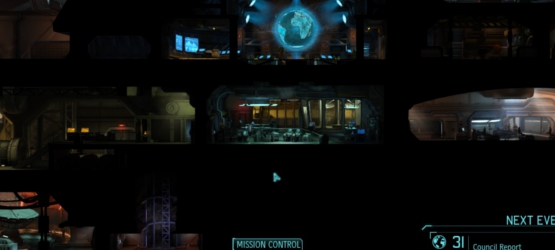
That’s because the Council only pays you once a month, which means your budget has to last for 30 days. Meanwhile, you have to also keep going on missions in order to keep the panic level down within the member countries. Ignoring they’re pleas for help will cause panic levels to rise and eventually they’ll leave the Council taking their funding with them. If enough leave, then it spells the end of XCOM. Throughout the roughly 25-30 hours of single player campaign that the game has to offer there are several of these moments where you have to make tough decisions in service to the greater good. Moments like these will keep you on the edge of your seat for the duration of the single player campaign, but there are some hiccups within the experience.
From a technical standpoint, the game suffers from some framerate issues in very populated environments. This is especially true when the environments buildings that are filled with numerous enemies. From a strategic standpoint, the game also cheats just a little bit. As an example, every time you spot the enemy, even while moving slow and sneaking up on them, they automatically aggro and get a free movement. It’s annoying considering how much it can unbalance the game. This becomes especially true later on when one wrong turn is enough to send your whole squad home in a box even on the normal difficulty setting. In fact, some of the later missions made me resort to setting the difficulty down to easy from normal just so that I could keep making forward progress. Targeting can also be a problem as there are line of sight issues that conflict with the level geometries, but this particular issue isn’t prevalent all the time.
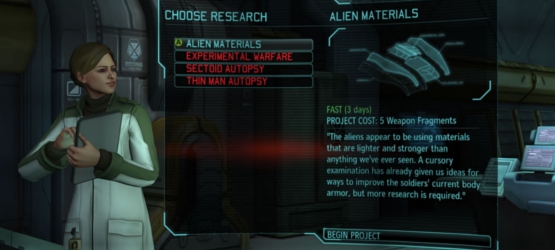
The game could also do with more variety. Not just in the types of missions offered, but also the environments that they take place in. After about 5 or 6 hours playing the game, you’ll find that there are some pretty rapidly cycling map types. Granted, the layouts shift from map to map, but the reuse of assets will continually spark the video game equivalent of déjà vu. This same issue pops up in the game’s rather spartan multiplayer offering. The multiplayer is a 1-on-1 deathmatch where each player picks a team of aliens and/or humans up to a set point value. Each player then has a set amount of time to run through their turn. If the single player campaign were analogous to a game of chess, then the multiplayer is a game of speed chess. This sounds great in concept but most matches are decided strictly at the point of contact. As such, the offering, while a nice addition, lacks strategic depth when compared to the single player mode.
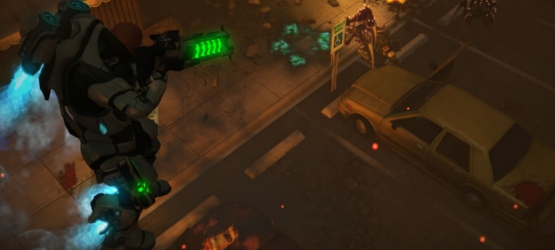
Combining its constant demand for mission triage and the need to stretch out a budget on a shoestring, XCOM: Enemy Unknown feels like a brilliantly couched joke by Firaxis about how a real XCOM-style black-ops organization would operate in the real world. It seems that even within the fiction of the world of XCOM you just can’t escape the bureaucracy. Fortunately, it’s focus is on the ground operations and strategy employed to combat the aliens is a far more interesting premise. It’s also a concept that is incredibly well executed and, despite some minor technical setbacks, makes for a game that everyone should play and experience. Even if you have to turn the difficulty down to easy in order to do so.
-
Very intuitive interface and design that makes issuing commands to troops or base building very easy.
-
Incredibly deep strategic element to the gameplay.
-
Pretty well written even if the story is a bit boilerplate.
-
Rewards your patience.
-
The tension created by having to make difficult choices will have you on the edge of your seat and is well executed.
-
There's just so much to do!
-
There are some minor line of sight and framerate issues.
-
There's a bit too much asset recycling within the maps.Â
-
The AI gets to cheat a bit which can make the extreme lethality of combat that much worse.
-
Multiplayer matches are decided at the point of contact.
